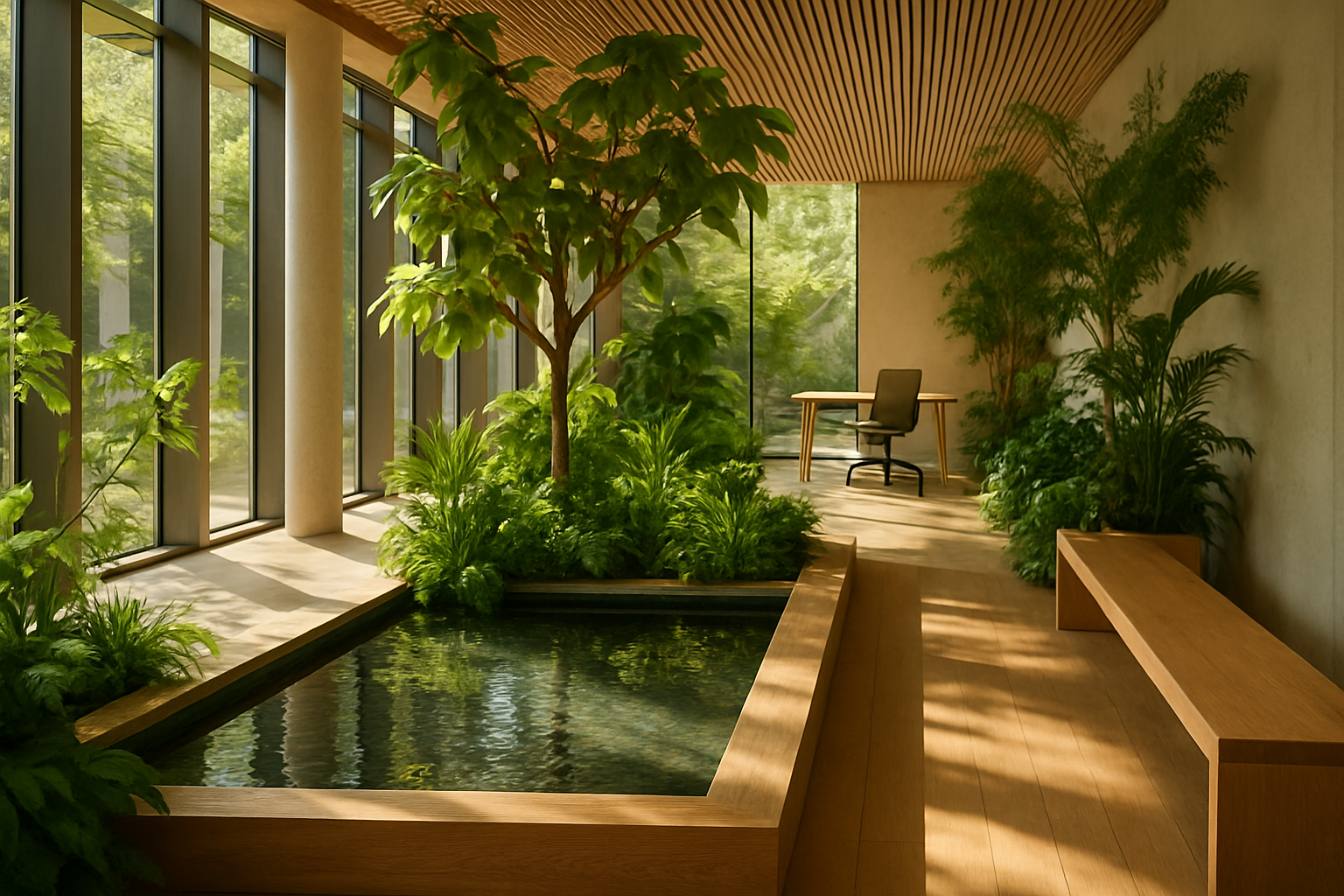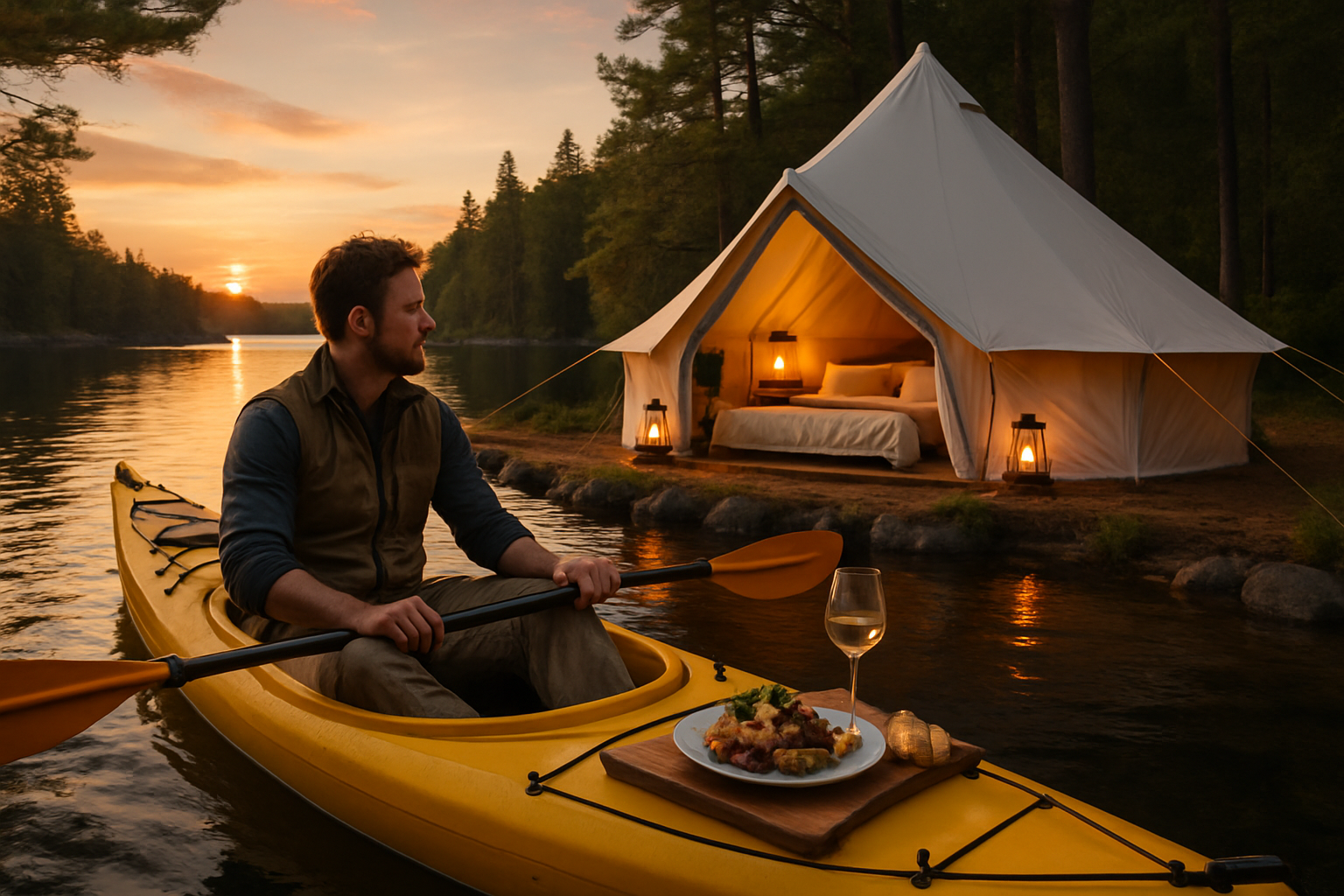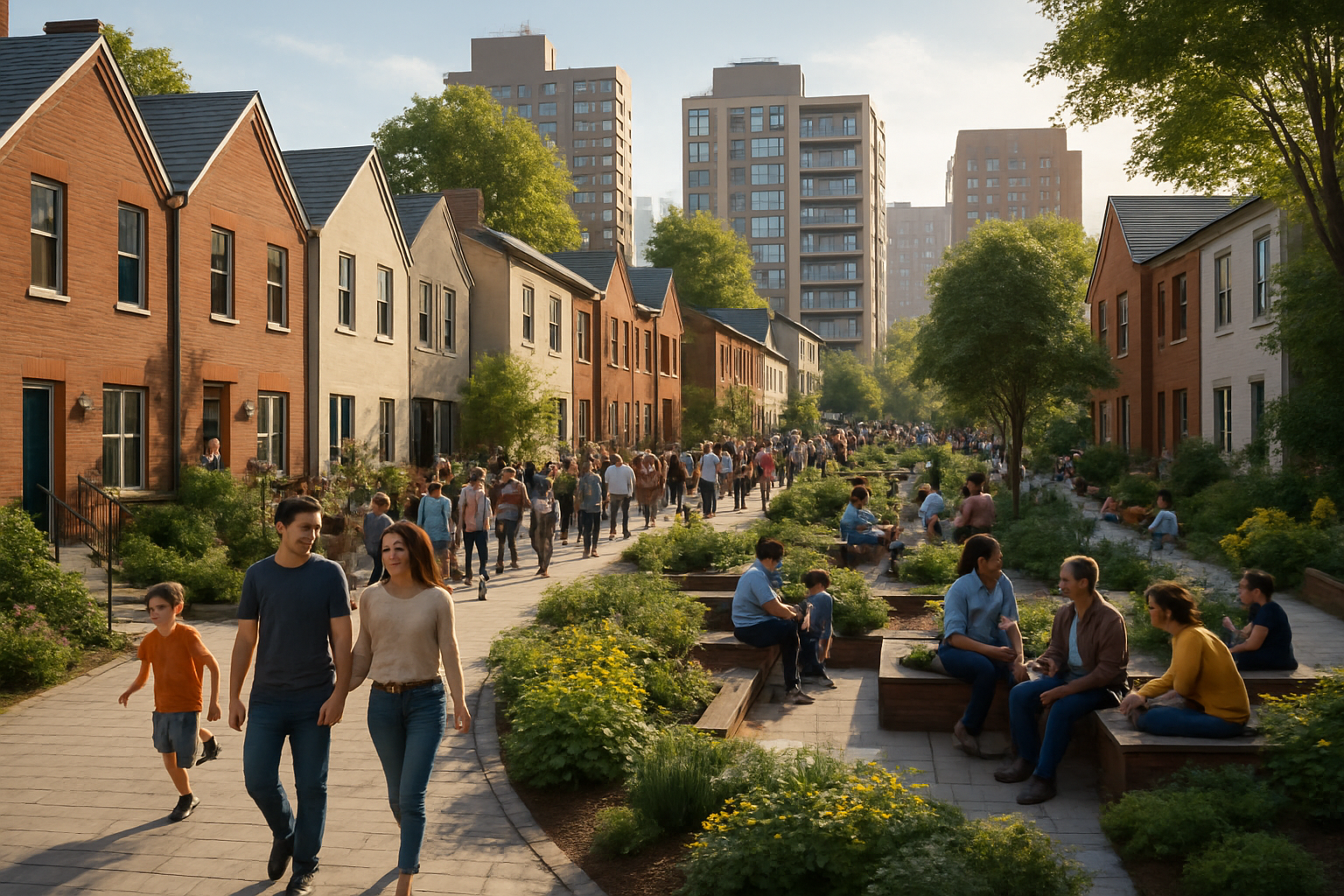Biophilic Design: Integrating Nature for Optimal Health and Wellness
Imagine stepping into a space where the boundaries between indoors and outdoors blur, where natural light dances on living walls, and the gentle sound of flowing water calms your senses. How would this environment impact your well-being? Welcome to the world of biophilic design, a revolutionary approach to creating spaces that nurture our innate connection with nature.

As urbanization accelerated, we increasingly distanced ourselves from natural environments. However, our bodies and minds still crave that vital connection. Biophilic design seeks to bridge this gap by integrating elements of nature into our built environments, from homes and offices to hospitals and schools.
The Science Behind Biophilic Design
Recent studies have unveiled the remarkable health benefits of biophilic design. Researchers at the University of Oregon found that hospital patients with views of nature recovered faster and required less pain medication than those facing brick walls. Similarly, a study published in the Journal of Environmental Psychology revealed that office workers in spaces with natural elements reported 15% higher levels of well-being and creativity.
These findings are not isolated. A growing body of research consistently demonstrates that exposure to natural elements, even in simulated forms, can reduce stress, improve cognitive function, and enhance overall well-being. The mechanisms behind these effects are multifaceted, involving our visual, auditory, and olfactory senses, as well as our circadian rhythms.
Key Elements of Biophilic Design
Biophilic design encompasses various strategies to bring nature indoors. Here are some core elements:
-
Direct Nature Contact: Incorporating living plants, water features, and natural materials like wood and stone.
-
Indirect Nature References: Using patterns, colors, and textures that mimic natural forms.
-
Space and Place Conditions: Creating environments that reflect natural light patterns, temperature variations, and air movement.
-
Naturalistic Shapes and Forms: Integrating organic, non-linear design elements that echo natural structures.
-
Environmental Features: Maximizing natural light, views of nature, and connection to outdoor spaces.
Implementing Biophilic Design in Various Settings
The versatility of biophilic design allows for its application across diverse environments:
-
Workplaces: Companies like Amazon and Google have embraced biophilic design in their offices, reporting increased employee satisfaction and productivity.
-
Healthcare Facilities: Hospitals incorporating natural elements have seen reduced patient stress and faster recovery times.
-
Educational Institutions: Schools with biophilic elements report improved student concentration and reduced absenteeism.
-
Residential Spaces: Home designs that integrate nature promote relaxation and better sleep quality.
Challenges and Considerations
While the benefits of biophilic design are clear, implementation can pose challenges. Cost considerations, maintenance requirements, and the need for expertise in integrating natural elements with built structures are common hurdles. Additionally, ensuring that biophilic elements are authentic and not mere superficial additions is crucial for realizing their full potential.
Biophilic Design: Practical Tips for Everyday Spaces
-
Maximize natural light by using sheer curtains and strategically placed mirrors
-
Incorporate indoor plants, focusing on low-maintenance varieties for easier care
-
Use natural materials like wood, stone, and bamboo in furniture and decor
-
Install a small indoor water feature for visual and auditory natural elements
-
Choose artwork depicting natural scenes or organic patterns
-
Opt for color schemes inspired by nature, such as earth tones and greens
-
Create a vertical garden or living wall for a striking natural focal point
-
Use essential oils or natural fragrances to bring outdoor scents indoors
Embracing Nature for Holistic Well-being
Biophilic design represents a powerful fusion of ancient wisdom and modern science. By reintegrating nature into our built environments, we can create spaces that not only look beautiful but actively contribute to our physical and mental health. As we face increasing urbanization and technological immersion, the principles of biophilic design offer a path to reconnect with our natural roots and foster environments that truly nurture human well-being. Embracing this approach isn’t just about aesthetics; it’s a fundamental step towards creating healthier, more vibrant communities and individuals.





